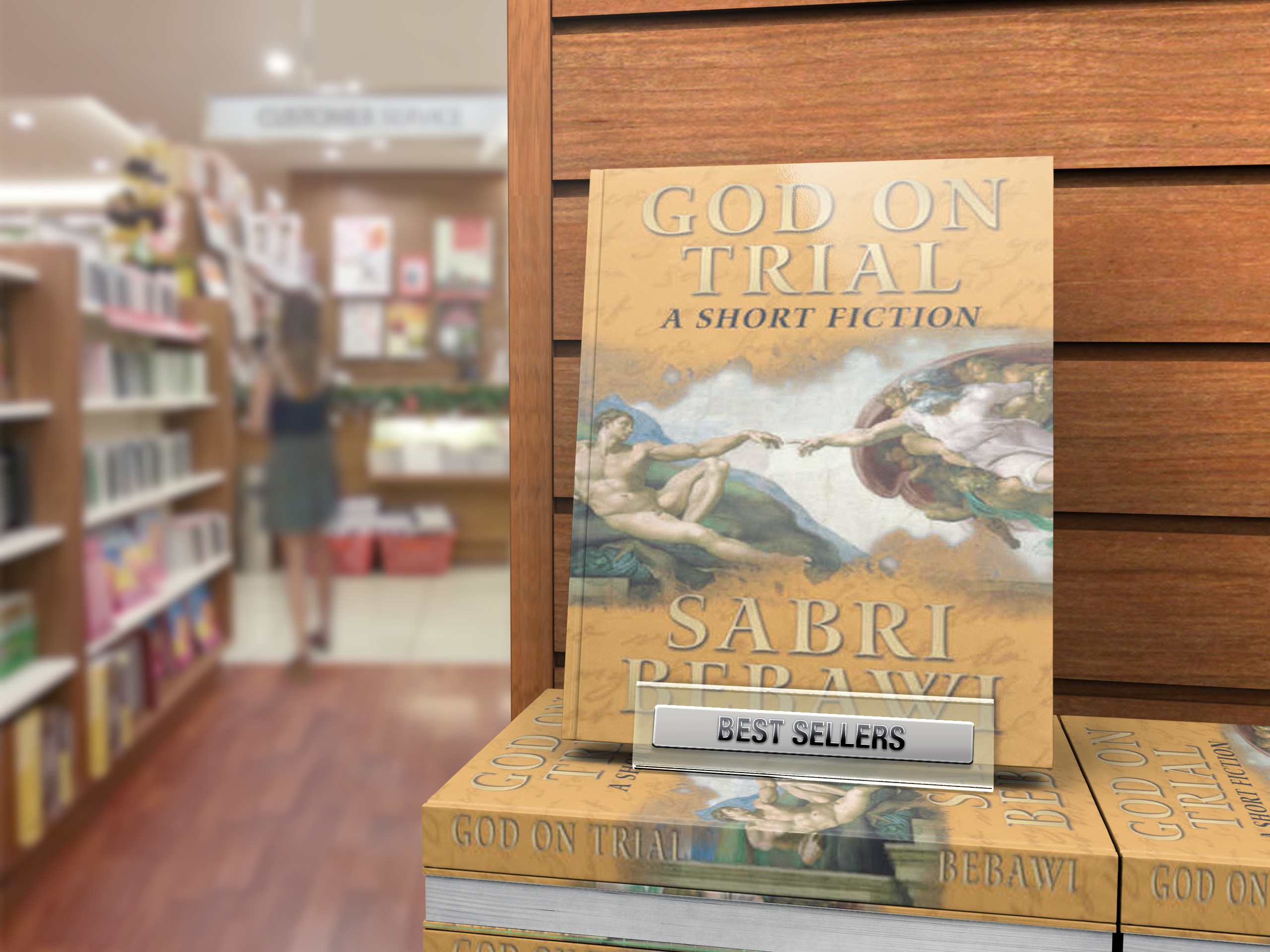
Comparing and Contrasting Ideas
- Comparing is showing
similarities between persons, objects, and
ideas; contrasting is showing differences.
Comparing and contrasting are ways to show
relationships. Most of us compare and
contrast in some form every day.
-
- Comparison and contrast
is used as a means of presenting ideas on a
variety of topics. It is often used in
persuasive writing when a writer tries to
convince the reader of the advantages of one
point of view compared to another.
-
- there are two basic
organization patterns; they can be used
independently or in a combination. The
one the writer uses depends on the topic and
audience.
-
- (1)
Item-by-Item:
-
- One method is
item-by-item comparison, in which one item or
idea is totally described and then the other
item is similarly described. Here is an
example of an outline using item-by-item
organization to compare two colleges: San
Jose City College and Santa Ana
College.
-
- I. San
Jose City College
- A.
Student population
- B.
Special services
- C.
Recent enrollment patterns
-
- II. Santa
Ana College
- A.
Student population
- B.
Special services
- C.
Recent enrollment patterns
(2)
Point-by-point:
The same information as above
could be presented in a different way if the writer
wanted to stress the differences. The
point-by-point method is used in this outline of the
same material.
- I.
Student population
- A.
San Jose City College
- C.
Santa Ana College
-
- II. Special
services
- A.
San Jose City College
- B.
Santa Ana College
-
- III. Recent
enrollment patterns
- A.
San Jose City College
- B.
Santa Ana College
To decide which of these two
methods to use, consider the nature of the topic and
consider your readers. If the topic has a lot of
detail, the point-by-point method would probably be
better because it lends itself to more detailed
development of the topic. The item-by-item
organization is effective for more limited topics.
- Typical
questions:
- "How does
X differ from Y?"
- "Compare
X and Y."
- "What are
the advantages and disadvantages of X and
Y?"
- Example:
- Q:
"Which would you rather own--a compact
car or a full-sized car?"
A: Thesis: I would own a compact car
rather than a full-sized car for the following
reasons: .......A......., .......B.......,
.......C......., and .......D....... .
- Two patterns
of development:
-
- Pattern 1
- Full-sized car
- Compact car
- Pattern 2
- Advantages
- Full-sized car
- Compact car
- Disadvantages
- Full-sized car
- Compact car
-
- Useful
transition words
- on the
other hand
- similarly
- yet
- unlike
A, B ...
- in the
same way
- but
- while
both A and B are ..., only B ..
|
- nevertheless
- on the
contrary
- though
- despite
- however
- conversely
- while A
is ..., B is ...
|
|

 Online
Grammar Course
Online
Grammar Course